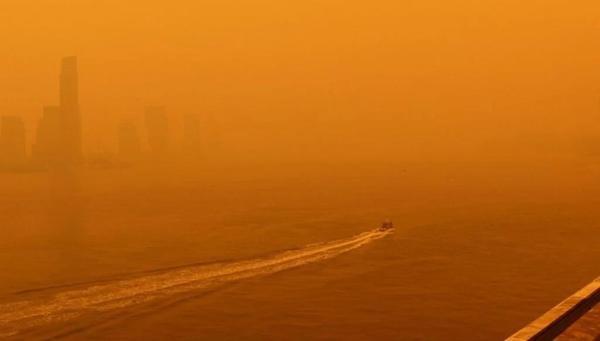
Many provinces experiencing highest emissions since 2003: Scientist monitoring Canadian wildfires
Throughout Canada, more than 400 wildfires have led to mass evacuation across the country. While every year, Canada experiences a wildfire season between May and October, this level of destruction is unprecedented and is touted to be the worst in history.“Persistent hot and dry conditions are fanning the flames of Canadian wildfires. So far this spring, wildfires in Canada have scorched an area more than 10 times larger than average,” the National Aeronautics and Space Administration (NASA), the...























